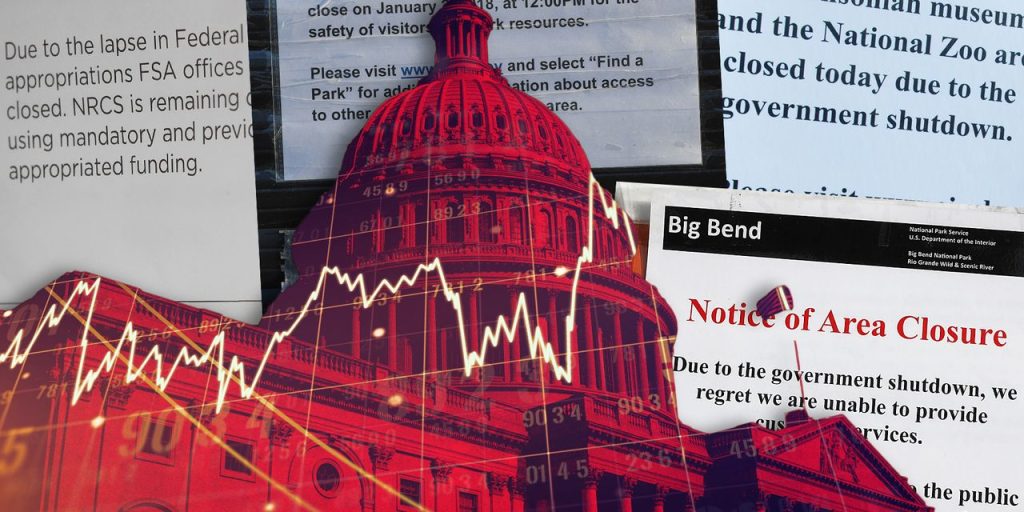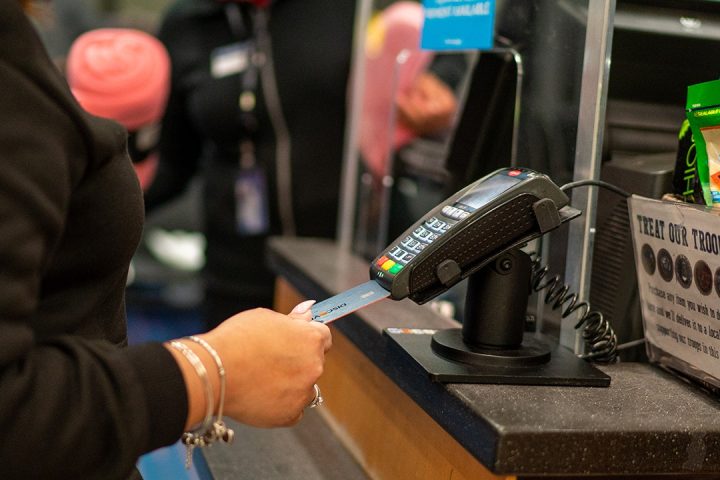With the holiday shopping season just starting and prices of many consumer goods continuing to rise, saving money can seem impossible. But those financial pressures also make doing so even more important.
“Saving is your margin,” says Eric Maldonado, a certified financial planner and owner of Aquila Wealth Advisors. “When things happen — your car breaks down or there’s a layoff, or smaller stuff like gifts for the holidays — you have something to fall back on.” Maldonado notes that saving can also allow you to have money for fun things.
The personal savings rate for Americans has been dropping in the last few months, and as of July was 3.5%, according to the U.S. Bureau of Economic Analysis.
Maldonado recommends aiming for a savings rate closer to 20% of your take-home income. “You can live off of 80% and put 20% toward deferred gratification,” he suggests.
That guidance matches the popular 50/30/20 budget, which suggests putting 50% of your take-home income toward needs, 30% toward wants, and 20% toward savings and any debt payments. “If you’re just starting out, then it can be too daunting, but you can work toward it,” Maldonado adds.
Plus: Moonlighting as a car valet, tending bar and moving back home: Borrowers get ready for the return of student-loan payments
If you’re looking for ways to power up your savings, consider these strategies:
Pause before buying
“One of the biggest mistakes people make is buying things you don’t need,” says Vivian Tu, author of the forthcoming book “Rich AF: The Winning Money Mindset That Will Change Your Life” and a TikTok influencer who posts as @YourRichBFF. To counter that tendency, she recommends “taking a beat” before making any purchase. “Really ask yourself, ‘Why do I want that thing? What makes it special?’” she suggests.
Tu says asking herself that question helped her scale back on material purchases so she had more money for experiences, like vacations and brunches with friends.
Don’t miss: Prozac for shopaholics? Compulsive shopping is a real disorder—how to recognize if you have a serious problem.
Spread out the impact of big expenses
For big expenses that are on the horizon, Cary Carbonaro, a CFP and senior vice president at financial advisory firm ACM Wealth, recommends setting aside a small amount of money each month so the final cost doesn’t overwhelm your budget.
“If you know you’re going to spend $1,200 at Christmas, then put aside $100 a month for the whole year,” Carbonaro suggests. “Everybody overspends in December unless you budgeted for it.”
Try curbside pickup
When Ryan Greiser, a CFP and founder of the financial firm Opulus, and his wife noticed their credit card bill going up with inflation, they brainstormed ways to cut back. One of their most successful ideas was relying on online grocery ordering with curbside pickup.
“We noticed that if we did curbside pickup, our bill was $50 to $100 less than if we went into the store because we only bought the things on our list. It reduced impulse buys and allowed us to easily compare prices and coupons that popped up on the screen,” Greiser says. Given their weekly shopping needs for a family with three young children, that shift allowed them to save $200 to $400 a month.
Rotate subscriptions
Greiser and his family also started saving $10 to $30 a month by rotating their streaming subscriptions based on what shows they were currently watching. “We keep one or two active subscriptions and cancel the rest or pause it when a show wraps up so we can rotate to the next one,” he says, adding that he sets a reminder on his calendar so he doesn’t forget to cancel.
Similarly, he pauses his fitness subscriptions when the weather is good enough to exercise outside. “They are month to month, so easy to pause and restart,” he says.
Learn more: How to maximize your streaming dollar in October 2023, and why Netflix is all you really need
Ask for discounts
Speaking up for yourself is another saving strategy. “You have power as a consumer,” Tu says.
That means you can ask your bank to waive late fees or overcharge fees, or ask for a discount on shoes that have a scuff on them. “Be polite, be kind, but you can be entitled and understand that your business has value,” she adds. The answer might be “no,” but there’s no reason not to ask, and it might just save you some money.
Also see: Do you know your credit card’s interest rate? Here’s how much a few percentage points can cost you over time.
Shop around for insurance
Find discounts on the bills you don’t look at very often, too. Instead of letting your home and auto insurance auto-renew each month, consider taking time to shop around through an online comparison tool. When Greiser did that, he ended up saving a total of $1,000 on his bundled auto and home insurance plan.
Sign up for cash-back apps
Popular cash-back apps like Rakuten, Ibotta and RetailMeNot allow you to earn cash back for online shopping after you set up an account. “I highly recommend using cash-back apps,” Tu says. “I know it seems like kind of a pain to sign up, but you can save hundreds of dollars a year because it lets you get cash back on purchases you were already making.”
Read: I made nearly $1,400 using cash-back app Rakuten — and you can do the same
Sometimes making the extra effort pays off, right into your savings account.
More From NerdWallet
Kimberly Palmer writes for NerdWallet. Email: [email protected]. Twitter: @kimberlypalmer.
Read the full article here






